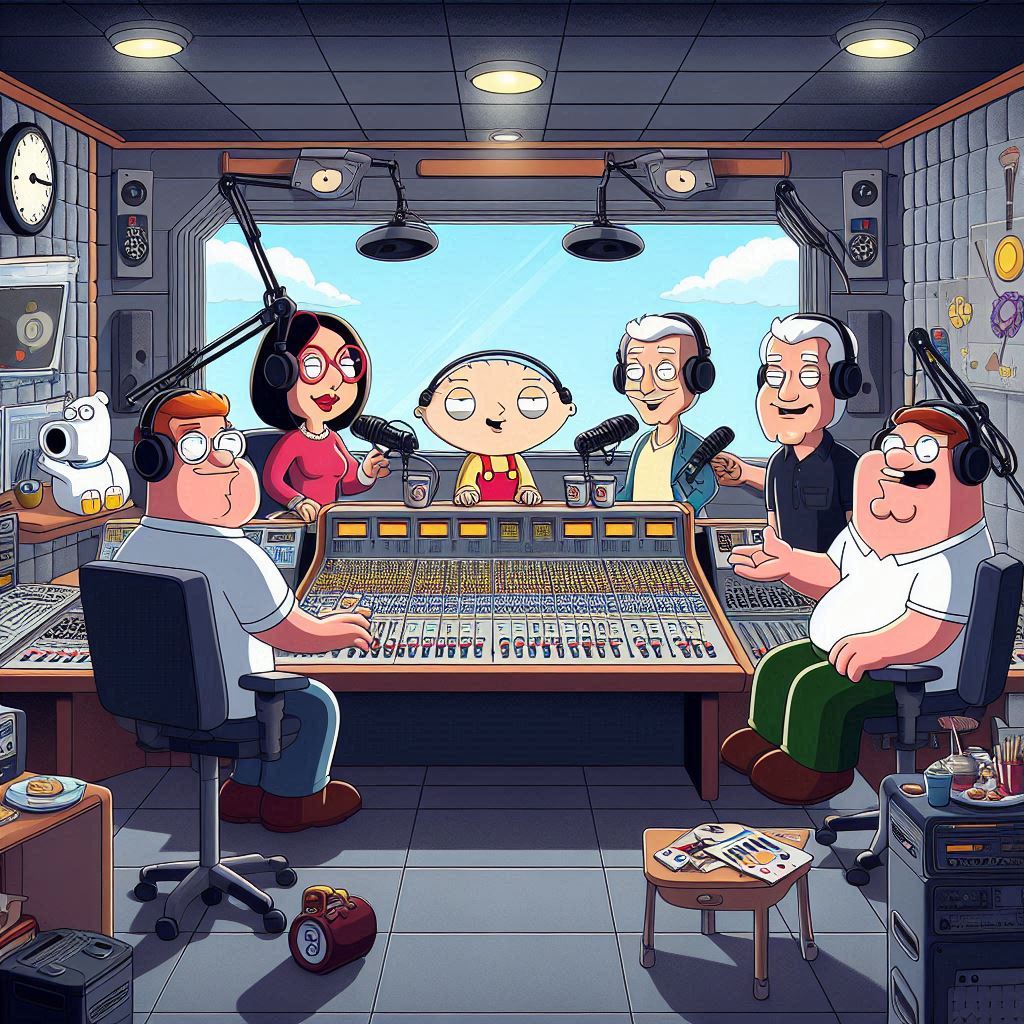Programmatic Ad-trading in CTV is a rip-off – In the ever-evolving landscape of connected TV, programmatic ad sales have emerged as a popular method for broadcasters to monetize their content. However, this convenience comes at a significant cost. Industry experts are increasingly criticizing programmatic ad sales as a lazy approach that allows broadcasters to offload responsibility for their monetization to tech providers, who in turn take a substantial portion of the revenues. This practice not only erodes broadcaster profits but also exploits a system that should be far more efficient and cost-effective.

The Allure of Programmatic Ad Sales
Programmatic ad sales promise to simplify the complex process of selling advertising space. By automating the buying and selling of ads, programmatic platforms offer a seemingly efficient solution that allows broadcasters to focus on content creation rather than ad sales. These platforms use advanced algorithms and data analytics to match ads with viewers, theoretically maximizing ad relevance and engagement.
The Hidden Costs of Programmatic Ad Trading in CTV & Streaming TV
However, this convenience comes with hidden costs that broadcasters cannot afford to ignore. Tech providers facilitating programmatic ad sales often take a significant cut of the ad revenues, sometimes as much as 50%. This hefty share is justified by the tech providers as compensation for the advanced technology and services they offer. In reality, it represents a substantial loss for broadcasters.
“Programmatic ad sales are essentially a way for broadcasters to sidestep their own monetization responsibilities,” says [Industry Expert’s Name], [Position], [Company]. “The result is a system where tech providers reap disproportionate rewards, while broadcasters see their potential earnings slashed.”
Exploiting Broadcaster Laziness with Programmatic Promises
Critics argue that the reliance on programmatic ad sales reflects a broader issue of broadcaster complacency. Instead of investing in building their own ad sales teams and infrastructure, broadcasters are opting for the easier route. This laziness, as some call it, is being exploited by tech providers who capitalize on the broadcasters’ unwillingness to take charge of their own ad sales processes.
“The entire ad sales process should realistically account for around 15% of the ad value,” notes [Ad Sales Expert’s Name], [Position], [Company]. “Yet, in the FAST (Free Ad-Supported Streaming Television) channel process, more than half of the advertiser’s gross revenues are being siphoned off by intermediaries. This is an unsustainable model for broadcasters.”
The True Cost of Convenience with Programmatic Ad Sales Outsourcing
The financial implications of this model are stark. By allowing tech providers to take such a large share of ad revenues, broadcasters are undermining their own financial sustainability. The programmatic approach, while seemingly efficient, ultimately reduces the funds available for content production, staff salaries, and other essential operations. This can lead to a decline in content quality and viewer satisfaction, creating a vicious cycle of reduced viewership and further revenue losses.
A Call for Change in CTV and Streaming TV Ad-sales
The solution, according to industry experts, lies in broadcasters taking back control of their monetization strategies. This involves investing in dedicated ad sales teams and technologies that enable direct sales, thus eliminating the middlemen who take a large portion of the revenues.
“Broadcasters need to wake up to the reality that they are losing out on significant earnings by relying on programmatic ad sales,” says [Ad Sales Consultant’s Name], [Position], [Company]. “Investing in their own ad sales infrastructure may require an initial outlay, but the long-term benefits in terms of revenue retention and control over ad placements are undeniable.”
Towards a Sustainable Model
By reclaiming responsibility for ad sales, broadcasters can ensure that a larger share of ad revenues goes directly into their coffers. This shift can lead to more sustainable operations, better content quality, and ultimately, a more satisfied viewer base. It also allows broadcasters to maintain greater control over the ads that appear alongside their content, ensuring better alignment with their brand values and audience expectations.
Conclusion in Programmatic Ad-sales
Programmatic ad sales for connected TV may offer a quick fix for broadcasters looking to monetize their content with minimal effort. However, this approach comes at a high cost, with tech providers taking a disproportionate share of ad revenues. By relying on these intermediaries, broadcasters are effectively shortchanging themselves and compromising their long-term financial health. The time has come for broadcasters to take back control of their ad sales processes, ensuring a fairer distribution of revenues and paving the way for a more sustainable and profitable future in the world of connected TV.
Discover more from Rathergood TV
Subscribe to get the latest posts sent to your email.

